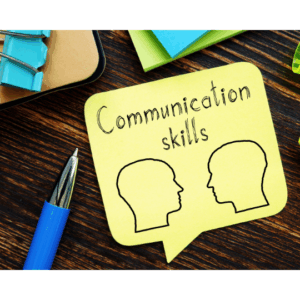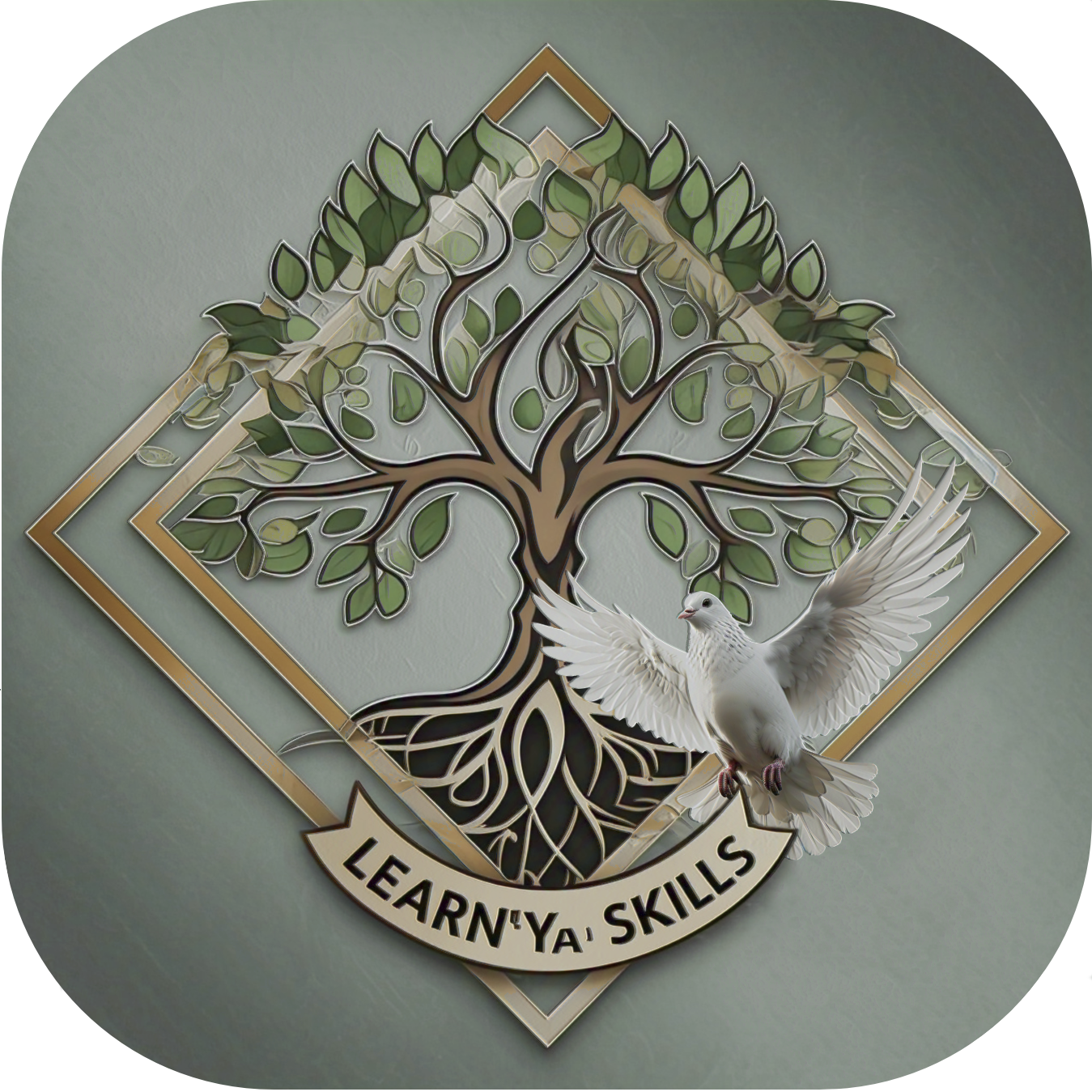Project Management: Techniques & Skills for Success
R250
Effective project management is no longer a specialized skill but a core business competency. This course addresses the critical need for professionals who can manage complex projects, mitigate risks, and engage stakeholders effectively.
Description
Purpose
Project Management Techniques & Skills provides learners with a comprehensive understanding of project management fundamentals and the practical skills needed to successfully lead projects. It aims to equip aspiring and current professionals with the knowledge to apply key project management techniques, including Agile, Waterfall, and Hybrid methodologies, to real-world scenarios, ensuring efficient project execution and delivery.
Rationale
In today’s dynamic business environment, effective project management is no longer a specialized skill but a core business competency. This course addresses the critical need for professionals who can manage complex projects, mitigate risks, and engage stakeholders effectively. By breaking down core concepts and methodologies like Agile (Scrum Focus), Risk Management Planning, and Stakeholder Analysis, this program provides a clear project management implementation roadmap. It solves the common problem of project failure due to poor planning and execution by offering a structured approach to mastering the project lifecycle.
Target Audience
This course is designed for individuals new to project management, team members who wish to understand the full project lifecycle, and existing managers seeking to formalize their skills with industry-standard project manager skills and methodologies. It is ideal for professionals aiming to improve their ability to deliver projects on time, within budget, and to the required quality standards.
Course Layout
Module 1: Project Management: Introduction, Key Definitions and Importance
- Lesson Purpose: To establish a solid foundation by introducing the core concepts, terminology, and critical importance of effective project management in achieving organizational goals.
- Key Topics Covered:
- Defining a Project: Characteristics and Constraints
- The Role and Importance of Project Management
- Introduction to the Project Lifecycle Phases
- Key Definitions: Scope, Budget, Timeline, Quality
- The Triple Constraint Model (Iron Triangle)
Module 2: Key Skills Required in Project Management
- Lesson Purpose: To identify and develop the essential soft and hard skills that define a successful project manager, enabling them to lead teams and manage projects with authority and competence.
- Key Topics Covered:
- Leadership and Communication Strategies
- Problem-Solving and Critical Thinking
- Time Management and Organizational Skills
- Negotiation and Conflict Resolution
- Core Project Manager Skills for Team Motivation
Module 3: Key Techniques for Project Management
This module breaks down the most crucial methodologies and frameworks used in modern project management.
- Sub-Lesson 3.1: Hybrid Methodologies: The Strategic Blend
- Lesson Purpose: To understand how to strategically combine elements of both predictive (Waterfall) and adaptive (Agile) methodologies to create a flexible and effective Hybrid Project Management approach.
- Key Topics Covered:
- Defining Hybrid Project Management
- Benefits and Challenges of the Hybrid Model
- Scenarios for Applying a Hybrid Approach
- Frameworks for Blending Agile and Waterfall
- Case Studies of Successful Hybrid Implementation
- Sub-Lesson 3.2: Waterfall Methodology: The Reliable Foundation
- Lesson Purpose: To master the principles of the traditional, sequential Waterfall Methodology, understanding its phases, strengths, and ideal use cases for projects with well-defined requirements.
- Key Topics Covered:
- The Sequential Phases of the Waterfall Model (Conception, Initiation, Analysis, Design, Construction, Testing, Deployment, Maintenance)
- Strengths: Simplicity, Clear Milestones, and Rigorous Control
- Weaknesses and When to Avoid Waterfall
- Documentation and Deliverables in a Waterfall Project
- Managing Scope and Change Control
- Sub-Lesson 3.3: Agile Methodology (Scrum Focus): The Innovation Engine
- Lesson Purpose: To dive deep into the Agile Methodology, with a specific Scrum Focus, learning how its iterative and incremental approach fosters collaboration, flexibility, and rapid delivery of value.
- Key Topics Covered:
- The Agile Manifesto: Values and Principles
- Introduction to the Scrum Framework: Roles (Product Owner, Scrum Master, Development Team), Events (Sprints, Daily Stand-ups, Sprint Review), and Artifacts (Product Backlog, Sprint Backlog)
- User Stories and Backlog Grooming
- Benefits of Agile for Complex and Evolving Projects
- Contrasting Agile with Traditional Methodologies
- Sub-Lesson 3.4: Risk Management Planning: The Success Enabler
- Lesson Purpose: To develop the critical skill of proactive Risk Management Planning, enabling the identification, assessment, and mitigation of potential threats to project success.
- Key Topics Covered:
- The Importance of a Risk Management Plan
- Steps in the Risk Management Process: Identification, Analysis, Response Planning, and Monitoring
- Qualitative and Quantitative Risk Analysis
- Creating a Risk Register
- Strategies for Risk Response (Avoid, Mitigate, Transfer, Accept)
- Sub-Lesson 3.5: Stakeholder Analysis: The Relationship Framework
- Lesson Purpose: To learn the process of Stakeholder Analysis and management, ensuring effective communication and engagement with all parties invested in the project’s outcome.
- Key Topics Covered:
- Identifying Project Stakeholders (Internal and External)
- Stakeholder Mapping: Power/Interest Grid
- Developing a Stakeholder Engagement Plan
- Communication Strategies for Different Stakeholder Groups
- Managing Expectations and Resolving Conflicts
- Sub-Lesson 3.6: Time Management in Project Management
- Lesson Purpose: The purpose of Lesson 3.6 is to equip project managers with essential time management skills to deliver projects punctually and successfully. It emphasizes mastering temporal coordination to transform abstract schedules into actionable plans, ensuring reliable execution in a fast-paced business environment.
- Key Topics Covered:
- Gantt Charts: Visualizing project timelines, tasks, dependencies, and milestones.
- Float (Slack) Management: Strategically using temporal cushions to handle delays.
- Schedule Compression Techniques: Applying crashing and fast-tracking to meet tight deadlines.
- Earned Value Management (EVM): Measuring schedule performance with metrics like SPI and SV.
- Time Contingency and Buffer Management: Building and transparently managing reserves to mitigate risks.
- Resource Optimization: Coordinating resources through precise time management to minimize waste.
- Risk Management: Using time management as an early warning system to prevent schedule slippage.
- Stakeholder Satisfaction: Aligning temporal expectations to enhance project success.
- Real-World Case Studies: Analyzing time management in projects like the Sydney Opera House, SpaceX, Amazon’s Two-Pizza Teams, NHS Vaccination Program, and Tesla’s Gigafactory.
- Practical Application: Creating a project time management dashboard with Gantt charts, critical path analysis, and progress monitoring.
Module 4: A Step-by-Step Guide to Project Management Implementation
- Lesson Purpose: To synthesize the knowledge from previous modules into a practical, step-by-step guide, showing learners how to apply their skills across the entire project lifecycle for successful project management implementation.
- Key Topics Covered:
- Phase 1: Initiation – Defining Project Goals and Creating the Project Charter
- Phase 2: Planning – Developing the Project Plan, Defining Scope, and Applying Risk Management Planning
- Phase 3: Execution – Managing the Team, Executing Tasks according to the chosen methodology (Agile, Waterfall, or Hybrid), and Conducting Stakeholder Analysis and Communication
- Phase 4: Monitoring & Controlling – Tracking Progress, Managing Change, and Reporting on Performance
- Phase 5: Closing – Finalizing Deliverables, Documenting Lessons Learned, and Formally Closing the Project






